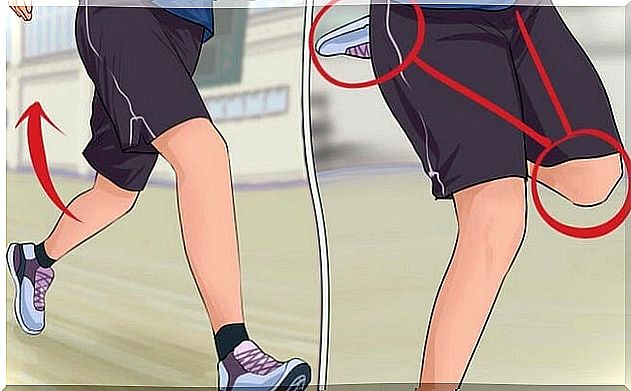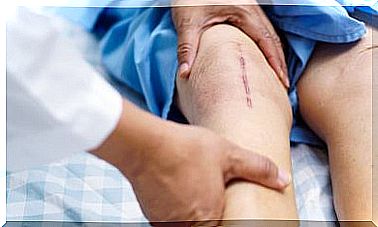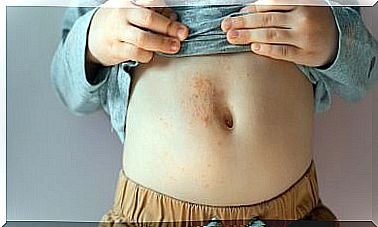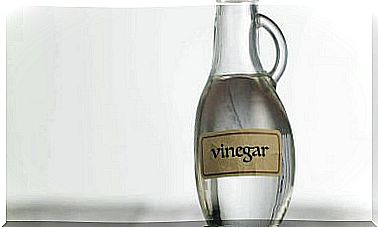Extensor Tendon Repair
Tendons are very strong body structures that are shaped like a cord. In addition, they hold the ends of the skeletal muscles together with the corresponding bones. In this way, the force or energy produced from muscle contraction is transmitted to the bones. Thus, the desired or planned movement is generated.
On the other hand, we can differentiate between two types of tendons based on their location :
- Flexor tendons. They participate in the movement of flexion or contraction of a body region. For example, when we put our toes or fingers together or close.
- Extensor tendons. In this case, they are involved in the extension or amplification of a body area. This occurs when we spread or spread our toes or fingers.
How is extensor tendon repair performed?
Currently, there are numerous alterations or factors that can damage the extensor tendons. Therefore, depending on the location and properties of the damage, different types of treatments can be differentiated.
Although it is initially a minor injury, its long-term impact should not be underestimated if it is not treated properly. In particular, surgical treatment is very complicated and difficult due to the characteristics of this structure.

If the patient has a wound, the team of specialists must check whether or not there is a loss of substance. On the other hand, if it is a closed injury, it should be examined if bone complications have developed.
Extensor tendon injuries
Finally, depending on the locations of the lesions, we can differentiate different types:
Zone I
In most clinical cases it produces an alteration called: hammer toe. In this way, the tip of a finger falls down abnormally and the patient cannot move it.
Generally, it is treated with the use of a Stack splint for several months continuously and then only at night. Then the area will be rehabilitated through gentle opening and closing movements of the altered fist.
Zone II
As a general rule, it requires a surgical intervention to secure the problem area. Later, we proceed to the placement of a series of points in the shape of a “U”.

For this, resorbable material is used, that is, it is not necessary for the medical team to remove the stitches. Likewise, the area should be immobilized with a splint that keeps the operated finger extended for several weeks. Finally, the rehabilitation process should be started with gentle exercises as in hammer toe.
Zone III
On some occasions, the group of specialists call it finger de boutonnière. In addition, it is usually caused by a buttonhole injury or complications with similar characteristics. In a large percentage of patients, the characteristic deformity appears days after the appearance of the lesion.
Thus, special boutonniere splints are often used for their repair. It also differs from the injuries mentioned in that rehabilitation begins from the day of diagnosis. Normally, it is achieved through the performance of a series of specific exercises. The average duration of treatments is usually about six weeks.
Zone IV
On the one hand, lesions produced from zone II to IV require surgical intervention. In it, sutures of non-absorbable material are usually placed. Therefore, the stitches must be removed by medical personnel. Lesions developed in other areas also require surgery, and Kessler-type stitches are often used.
In either case, the affected hand should be placed in a static extension splint for several weeks. Finally, the applied stitches are removed and the corresponding rehabilitation exercises are started.
Extensor tendons: conclusion
In case of injury, go to your doctor as soon as possible, avoid self-medication and, once the professional makes his diagnosis, follow his instructions.
Remember that whenever you have any questions, it is best to inform the professional before implementing any measure.









